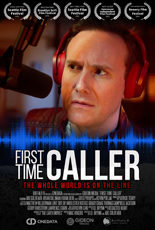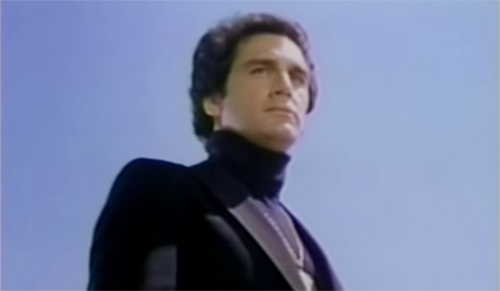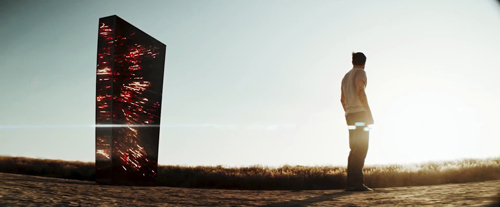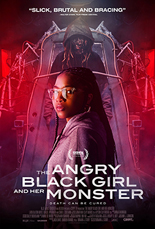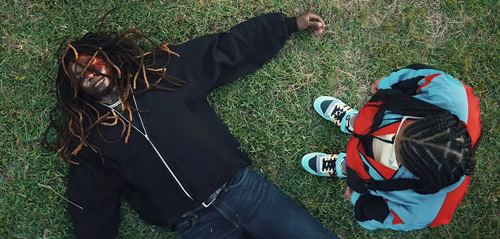
Academy Award winner Ariana DeBose does the thing — playing an astronaut, that is — in the film I.S.S. Those initials are short, obviously, for International Space Station, which mice scientist Dr. Foster (DeBose, 2021’s West Side Story) joins in the opening moments.
Foster’s arrival brings the station’s total head count to six: three Americans, three Russians. Unlike their countries’ leaders, they get along pretty well. On her second day, however, that cordial relationship heads straight for the scissors when they witness massive explosions decimating Earth below. Almost immediately, both sides are ordered by their respective governments to take control of the orbiting station “by any means necessary.” Goodbye, glasnost!
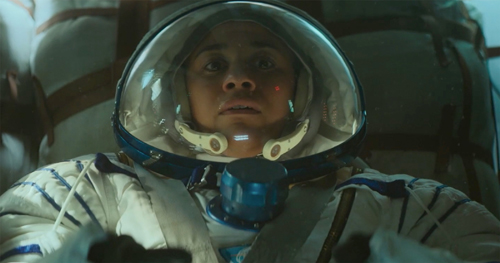
If a suspense film in the stars seems an odd match for DeBose, that goes double for director Gabriela Cowperthwaite, the acclaimed documentarian of Blackfish. Turns out, such worries are for naught. DeBose holds her own as part of an iron-strong ensemble that includes Chris Messina (2023’s The Boogeyman), John Gallahger Jr. (The Belko Experiment) and Hollywood’s most reliable Dane, Pilou Asbæk (Overlord). While Cowperthwaite lets each shine, she places particular attention where she should: creating tension and stress. Now, we’re not exactly dealing with Gravity here, but the movie is better than its release in the wasteland of January would suggest.
Of course I.S.S. employs effects, but it’s not driven by effects. No alien aboard, either, although the fear of “the other” pervades every corridor as each cosmonaut and astronaut remains uncertain who, if anyone, is an ally. Made all the more problematic by a setting that’s claustrophobic, despite the vastness of space, the movie is an interesting game of trust involving man, machine and mutually assured destruction. —Rod Lott


